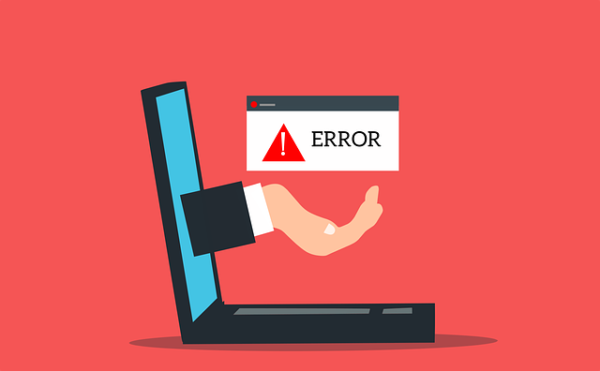HTTP is an acronym which means hyper text transfer protocol. It is the defined framework for the communication between clients and servers. In the context of the internet, clients are request generators, while servers are request handlers. For example, if you go to a library and request a book, you are the client.. while the librarian who offers you the book is the server.
This same analogy applies to the internet. If you want a document, a video, a picture or any other resource, you would make a request via the browser on your phone, tablet or laptop. These devices are the clients. When the request reaches the server, it then communicates the status of the request back to the clients.
These server-client status responses are of SEO relevance because they impact search engines and human visitors to a site. Search engines use these status codes as indicators of the page quality of a website. These http status codes exist in 5 major groupings which are;
- 1xx status codes – informational responses with no SEO implications
- 2xx status codes – success codes with SEO implications
- 3xx status codes – Redirection responses
- 4xx status codes– Refer to client errors. These are server to client responses that do not meet the clients expectations
- 5xx status codes – These are server errors.
There are lots of status codes, but some occur so frequently that they necessitate a thorough understanding of their SEO effects on a website. Let’s start with eight specific types
200 status codes
These are the best possible codes that you can get. Whenever you don’t get a 200 response, this indicates that there was an issue either on the server or client end. When you get a 200 status code, all is well with the URL.
301 status codes
These refer to redirects that are of a permanent nature. This means that one URL is actually pointing to another URL usually of different anchor text. This response is of consequence for SEO because of the effect it can have on crawl budget and the transfer of PageRank. It can also have an effect on the user experience on a website due to the occurrence of an information mismatch between the requested URL and the page it is permanently redirecting to.
302 and 307 status codes
These usually indicate that a temporary redirect has taken place. These are of real SEO consequence because neither of these two redirect methods can pass PageRank to a new URL. This should only be used if the content missing under the old URL will be replaced at a later date.
400, 403 and 404 status codes
The 400 error indicates invalid syntax in the request sent from the client. This could happen if the client is sending a file that is too large, or if it’s request is malformed in some way (expired cookie, sending request via invalid URLs etc.).
The 403 error is a forbidden response from the server to the client. This indicates that the server is not going to allow the request to be fulfilled due to the unauthorized status of the client.
The 404 error on the other hand indicates that the requested resource is missing completely on that url or location.
Understanding the SEO impact
These are all client side errors and their main impact is in the UX experience signals that they send to both humans and search engines. With humans, frequent errors of this nature will lead to bounce rate spikes, low time on page metrics, and drop offs along the conversion funnels of a site. For search engines, this can lead to the deindexing of URLs that were relevant for high value keywords.
What About Server Errors?
All 5XX errors are server related and point to issues with the web host. The implications are by far the most severe because it indicates that the requested resource cannot be offered by the server. Whenever Google encounters errors of this nature, ranking losses and deindexations of URLs are usually not far off.
In Summary
This was a brief overview of common SEO errors and the implications for organic traffic generation. Search engines are the conduit between web surfers and your website. This means that direct access to your audience and customers can be augmented or sabotaged based on the type of status codes that Google’s algorithms are getting. These algorithms are autonomous learning systems which is why negative signals must be avoided at all costs. To succeed at SEO, you must do your best to ensure that 200 status codes dominate on the most important sections of your website.

